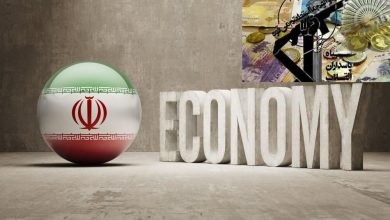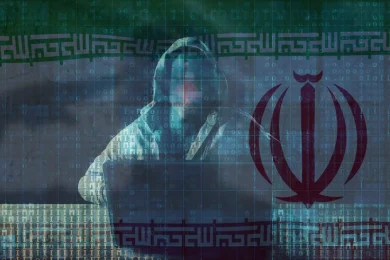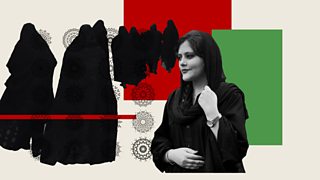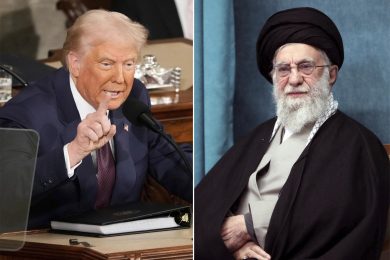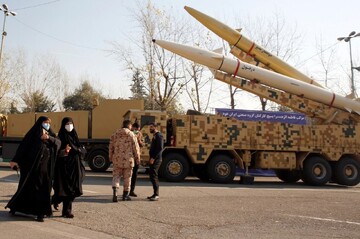In a society where speaking freely can lead to arrest, torture, or even death, Iranian women have found powerful ways to resist through art. Whether through music, poetry, visual arts, dance, or digital expression, Iranian women are using creativity as a form of protest against a regime that tries to silence them. With the Islamic Revolutionary Guard Corps (IRGC) cracking down on any form of dissent, art has become a weapon of defiance, a healing force, and a call for freedom.
This report explores:
• The history of artistic resistance in Iran.
• How Iranian women are using art to challenge gender oppression.
• Notable artists and their contributions.
• The risks they face under the IRGC’s censorship.
• The impact of their work both inside Iran and around the world.
• The role of the international community in amplifying their voices.
1. The Roots of Artistic Resistance in Iran
Art has long been a tool for resistance in Iranian history, from underground music in the 1970s to dissident poetry during and after the 1979 Islamic Revolution. Over the last four decades, women have used various art forms to preserve identity, protest injustice, and express forbidden truths.
Pre- and Post-Revolution Shift
• Before 1979, Iran had a growing art scene, where women were active in cinema, music, and painting.
• After the revolution, the establishment of an Islamic theocracy led to strict limitations on women’s visibility, voices, and bodies in public spaces.
• In response, art became subversive, with many women turning to underground forms of expression.
2. The IRGC’s Cultural Repression
The IRGC not only controls Iran’s military and economy—it also plays a dominant role in policing culture and media.
Censorship and Control
• Women cannot legally sing solo in public.
• Dancing is banned.
• Theater and film must pass strict reviews for “morality”.
• The IRGC monitors social media and artistic content for signs of dissent.
• Artists risk arrest under charges like “propaganda against the state” or “corruption on Earth.”
Despite these threats, women continue to create and share—often at great personal risk.
3. Creativity as Protest: Forms of Resistance
A. Visual Art
• Women use painting, illustration, graffiti, and photography to depict the realities of life under repression.
• Themes include women without hijabs, prison life, and symbolic imagery of freedom.
• Works are shared anonymously online or displayed at underground galleries.
Example:
Artists like Shirin Neshat (now in exile) have used black-and-white portraits and calligraphy to highlight the duality of identity and repression in Iranian women’s lives.
B. Music and Song
• Despite the ban, women record and share songs anonymously on platforms like YouTube, SoundCloud, and Telegram.
• Songs become anthems for protest, often mixing traditional Persian instruments with modern resistance lyrics.
Example:
“Baraye” by Shervin Hajipour, which won a Grammy for Best Song for Social Change, included crowd-sourced lines from protesters, many of them women.
C. Poetry and Literature
• Poetry has always been central to Iranian culture.
• Women poets are writing about prison, protest, loss, and hope.
• Many use metaphor and allegory to avoid censorship.
Example:
Prisoner and Nobel laureate Narges Mohammadi has written letters and poems from Evin Prison that have circulated widely and been translated internationally.
D. Performance and Dance
• Women have filmed themselves dancing in public—without hijabs—as a form of protest.
• These acts, though simple, are criminalized under Iranian law.
• Videos are often shared with the hashtags #DanceIsNotACrime and #WomenLifeFreedom.
Example:
Teenage dancer Maedeh Hojabri was arrested in 2018 after posting dance videos on Instagram. Her detention sparked an online protest movement of women dancing in solidarity.
E. Digital Art and Social Media Activism
• Iranian women in exile use digital platforms to amplify the voices of those inside the country.
• Memes, animated videos, protest posters, and storytelling campaigns are vital in keeping international attention on Iran’s struggles.
Example:
Masih Alinejad’s campaigns (#MyStealthyFreedom and #WhiteWednesdays) encourage women to share hijab-free images, turning Instagram into a battlefield for bodily autonomy.
4. Notable Women Artists and Activists
• Narges Mohammadi – Human rights activist, writer, and Nobel laureate. Her prison writings are powerful acts of resistance.
• Nasrin Sotoudeh – Lawyer and activist whose public statements and legal defense of artists challenge IRGC power.
• Shirin Neshat – Visual artist known for work exploring gender and identity under Islamic rule.
• Golshifteh Farahani – Actress and musician banned from Iran for refusing to wear the hijab. Uses global stage to advocate for Iranian women.
5. Risks and Repression
Women artists face serious consequences:
• Arrest, torture, and solitary confinement.
• Travel bans and social media bans.
• Surveillance of their families.
• Public shaming through state-controlled media.
Yet, many continue to create. In fact, the more the IRGC cracks down, the more symbolic and powerful art becomes.
6. The Global Response and Solidarity
International Exhibits and Awards
• Iranian women’s art is being shown in museums and galleries worldwide.
• Narges Mohammadi won the 2023 Nobel Peace Prize, elevating her words to the global stage.
• Artists in exile are hosting solidarity events, using proceeds to support underground networks inside Iran.
Social Media Movements
• Hashtags like #ArtAsResistance, #WomenLifeFreedom, and #FreeIranianWomen have galvanized global attention.
• Online exhibits and digital archives are preserving works censored in Iran.
7. The Power of Art in Changing Iran
Art in Iran is not just for beauty—it’s for survival, truth, and freedom.
• It documents abuse where journalism is banned.
• It connects movements inside Iran with global allies.
• It heals trauma and creates community.
• It envisions a future beyond fear.
By expressing the unspoken, Iranian women artists are helping shape the soul of a new, democratic Iran.
Conclusion: When Art Becomes Revolution
From underground studios to global stages, Iranian women are turning creativity into courage. Through dance, paint, music, and words, they are telling stories that the IRGC cannot silence. Their art is not only a protest—it is a blueprint for a freer Iran, and a call to the world:
“If they won’t let us speak, we’ll sing. If they won’t let us be seen, we’ll paint ourselves into history.”
Join Our Newsletter!
Stay informed with the latest updates, news, and ways to take action in the fight for justice and global security. Sign up now to get updates delivered straight to your inbox!

